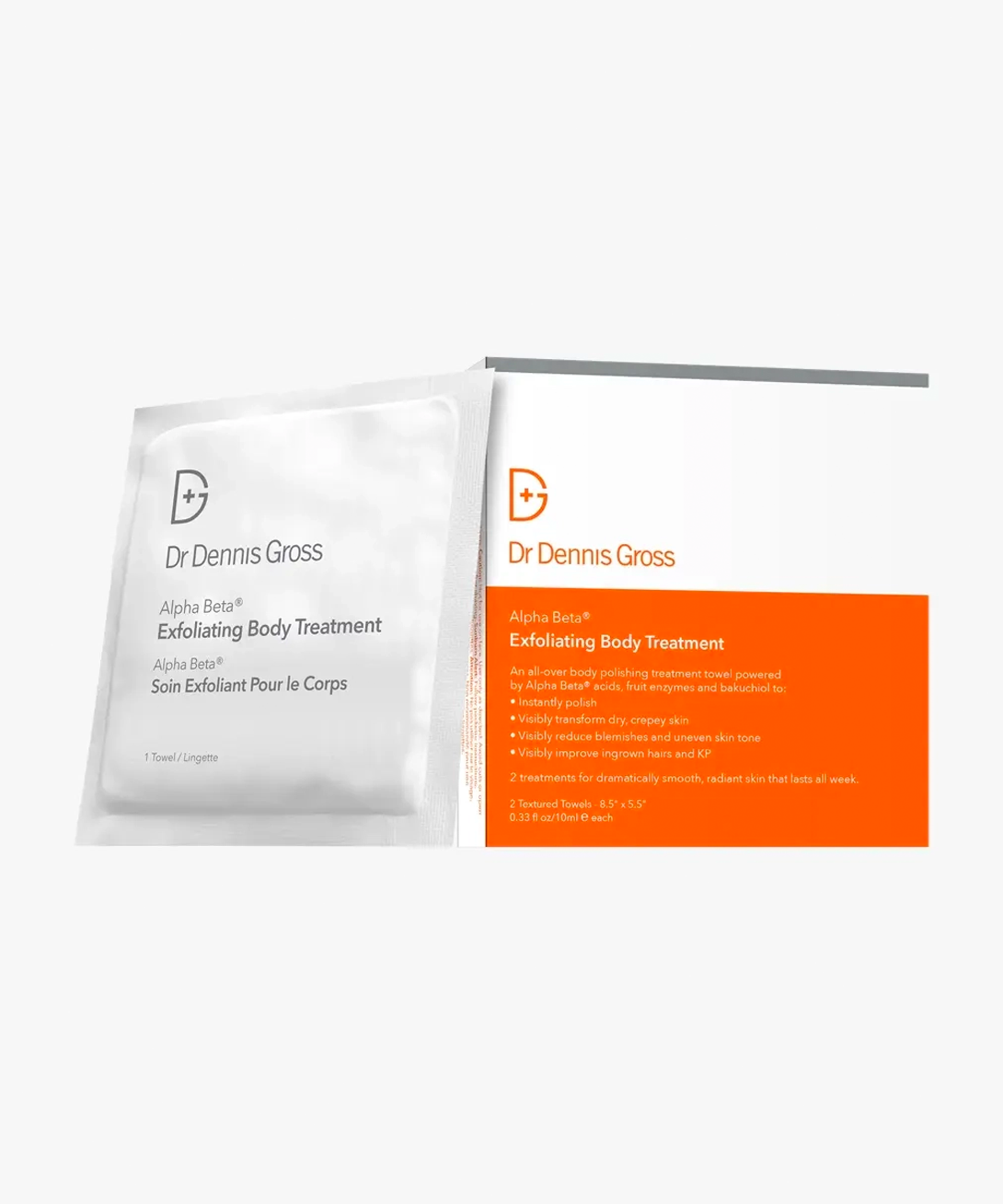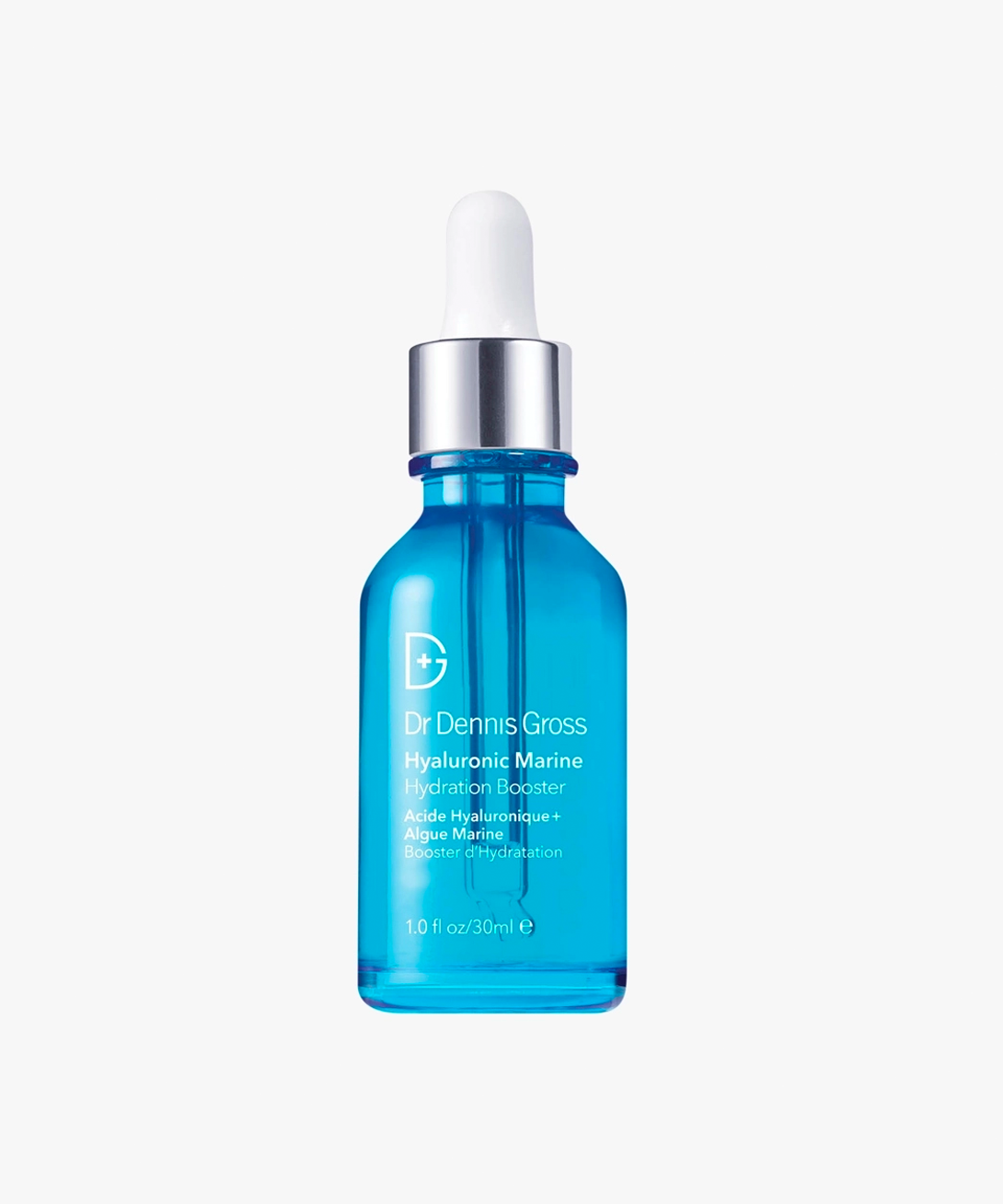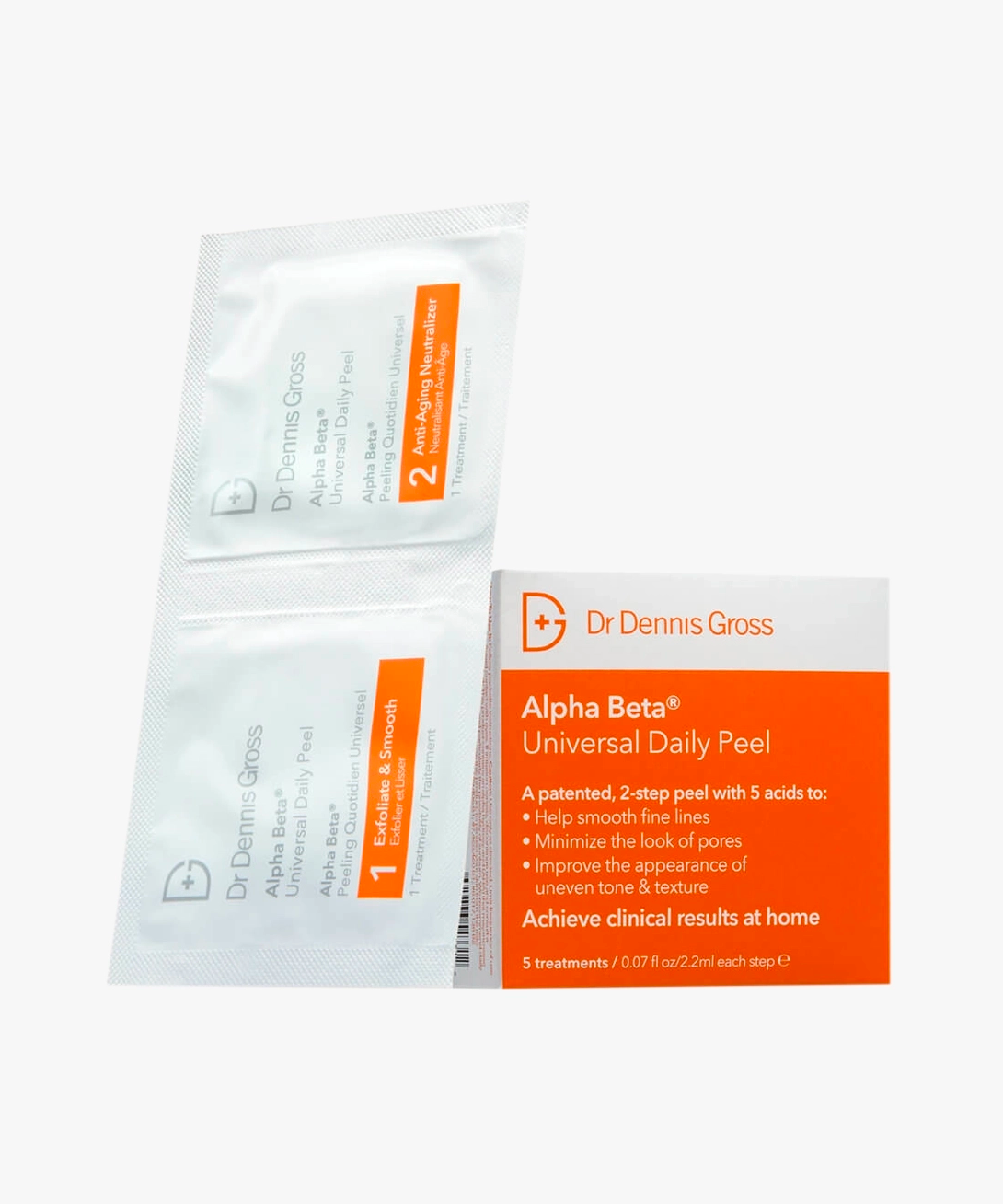Can You Reverse Sun Damage? Here’s What A Derm Says
Photographed by Rockie Nolan.
Anyone living in Australia will know that any time spent in the sun will damage our skin. Most Aussies are pretty well-versed in sun protection and know that stepping outside with anything less than a thick layer of SPF, plus physical sun barriers like hats, button-down shirts and sunglasses is a no-go.
Sun damage remains a ubiquitous concern, echoing the persistent reminders of sun safety imprinted in our memories since childhood (I'm sure we can all quote at least two sun safety advertisements from our childhoods without trying too hard). In recent years, the beauty industry has increasingly highlighted the repercussions of prolonged sun exposure, driven by the undeniable link between sun damage and skin cancer. Australia has some of the highest rates of skin cancer in the world, with two in three people being diagnosed before their 70th birthday. While the discussions about preventing sun damage for health reasons rightfully take centre stage, there is often also plenty of chatter in the beauty realm about the aesthetic impact of sun exposure on our skin.
AdvertisementADVERTISEMENT
Sun damage shows up on the skin in a few different ways, explains Dr Dennis Gross, a dermatologist, skin cancer researcher and co-founder of the eponymous skincare brand. In addition to the obvious (sunburn and skin cancer), it can also result in skin laxity (i.e. loss of elasticity), wrinkles, sun spots and hyperpigmentation, as well as an impaired moisture barrier that results in chronically dry skin for the rest of your life.
Your motivation for sun safety is your own, but we do think it’s worth interrogating what skincare brands really mean when claiming that their products can reverse sun damage.
What Causes Sun Damage To The Skin?
Sun damage is caused by free radicals, which are “highly reactive chemicals that have the potential to harm cells”, per the National Cancer Institute. Dr Gross compares free radicals to darts, explaining that it’s fairly accurate to picture them being fired at our cells by the sun’s UV rays, damaging the cells’ DNA and causing them to mutate. (It's this mutation that can lead to skin cancer). “When a free radical is generated, it's in perpetual motion and it causes more and more free radicals to form,” he tells Refinery29 Australia.
Unfortunately, once the DNA is damaged by exposure to the sun and the resulting free radicals, it can’t be undone. “It’s important to know that UV exposure doesn’t just impact sun-exposed areas — it has a cumulative effect on the entire body and increases your skin cancer risk over time,” Dr Gross explains, adding that sometimes the effects of that exposure aren't seen for many years, or even decades. “Every time you get a sunburn, you damage the DNA of your skin cells, and while your body can repair some of that damage on its own, it can’t repair all of it. The unrepaired damage accumulates over time and can initiate mutations that cause skin cells to multiply rapidly, and result in malignant tumours.”
AdvertisementADVERTISEMENT
Research suggests that the latency period (i.e. the time between UV radiation exposure and the onset of skin cancer) for sun-induced skin cancers can develop any time from two to 65 years after exposure. That’s not to say young people aren’t impacted by skin cancer either, and in fact, in 2018, melanoma was the most common cancer in Australians aged 15-29 years. Dr Gross stresses that "there's no question… that by stopping the additional damage today, you’ll minimise [the risk of developing] more than one skin cancer in your lifetime”.
Is It Possible To Reverse Sun Damage?
At some point in our lives, most of us realise that we should be wearing a broad spectrum SPF every single day. But along with this realisation often comes the question of whether the damage is already done — and if it’s too little too late. Dr Gross stresses that this mentality is misguided, as preventing further sun damage to the skin is crucial. He explains that it is possible to reverse sun damage, but only from a cosmetic perspective.
So, when a skincare brand promises to reverse sun damage, it is generally targeting one of the other skincare concerns mentioned above, particularly hyperpigmentation, dryness, and skin ageing (referred to as photoaging). Generally, this is done by using products formulated with antioxidant ingredients like vitamin C to “catch up” with the damage and cancel it out.
“At some point, it is possible to catch up, as long as you start to wear sunscreen, [have] no more sun exposure, and start to use antioxidants on a regular basis… [to] almost detoxify your skin from those free radicals,” Dr Gross says.
AdvertisementADVERTISEMENT
What's The Best Skincare Routine To Reverse The Physical Signs Of Sun Damage On The Face & Body?
Two products are always recommended to help reverse photoaging: broad spectrum SPF of at least 30 or higher, and vitamin C. “Sunscreen and antioxidants, like vitamin C, are your top defences against free radical damage and reversing signs of photoaging like discolouration [aka hyperpigmentation], loss of elasticity, and fine lines and wrinkles,” Dr Gross says. “For the best protection, layer a vitamin C serum or moisturiser under your SPF to help treat existing sun damage and prevent more from occurring.”
Dr Gross explains that highly concentrated or single-ingredient vitamin C formulas have the potential to be irritating, which is why he recommends opting for “products that are formulated with… multiple synergistic ingredients, [which] will yield superior results over layering single-ingredient products”.
This is one reason that Dr Gross combines vitamin C and lactic acid in his products, as the latter helps to mitigate the potential irritation from the former, while visibly reducing the signs of photoaging and helping to bolster the moisture barrier. “Lactic acid, when combined with vitamin C, gently works to resurface dead skin to facilitate product absorption while replenishing ceramides to seal in moisture,” he says. “When lactic acid creates this seal, it pushes vitamin C deeper into the skin layers, and thus, further disrupts the hyperproduction of pigment, aka sun spots.”
To see the best possible results from the products you use at home to combat photoaging, Dr Gross says that daily use is key. “It’s what the skin yearns for, and it's how you get the true best results,” says Dr Gross. “It doesn't matter if it's fighting free radicals or building collagen, or working on hyperpigmentation — it's daily treatments [that will yield the best results]."
AdvertisementADVERTISEMENT
How Can I Supercharge My Routine Against Photoaging?
In addition to being diligent with daily SPF and vitamin C use, several ingredients and treatments can help to supercharge your routine against photoaging, according to Dr Gross. He also stresses the importance of proceeding with caution and always introducing just one new product at a time.
LED Light Therapy
LED light therapy can be performed in-salon or with a daily at-home device at lower concentrations to help activate the skin’s natural healing mechanisms. “Red light stimulates collagen and elastin production to help improve the appearance of fine lines and wrinkles, hyperpigmentation and skin elasticity,” explains Dr Gross. “[Mean]while, blue light decreases inflammation and treats and prevents body acne.”
Peels & Chemical Exfoliants
“Professional chemical peels are a great quick fix for discolouration and surface texture changes because they remove the outermost layer of skin, so new, radiant skin can come to the surface,” Dr Gross says, adding that you can also use lower maintenance, at-home products to help with evening skin tone and texture. “I always recommend using a chemical exfoliant product, like our Alpha Beta Exfoliating Body Treatment, over physical scrubs because they deliver a more even and gentle exfoliation.” Dr Gross explains that adding that chemical exfoliants like those in his range “firm and hydrate crepey skin, diminish ingrown hairs and keratosis pilaris, clear body blemishes, and even out patchy skin tone”.
Retinol
“Retinol can help fade sunspots because it promotes cell turnover and stimulates collagen production,” says Dr Gross. He suggests looking for a retinol serum or moisturiser to help even out skin tone and texture.
AdvertisementADVERTISEMENT
IPL Laser
Dr Gross recommends an in-salon IPL Photofacial for the body specifically. “It targets dark spots that might have appeared or gotten darker with sun exposure over the summer,” he says. “I recommend starting a series in the autumn when the sun is less intense.”
Want more? Get Refinery29 Australia’s best stories delivered to your inbox each week. Sign up here!
AdvertisementADVERTISEMENT









